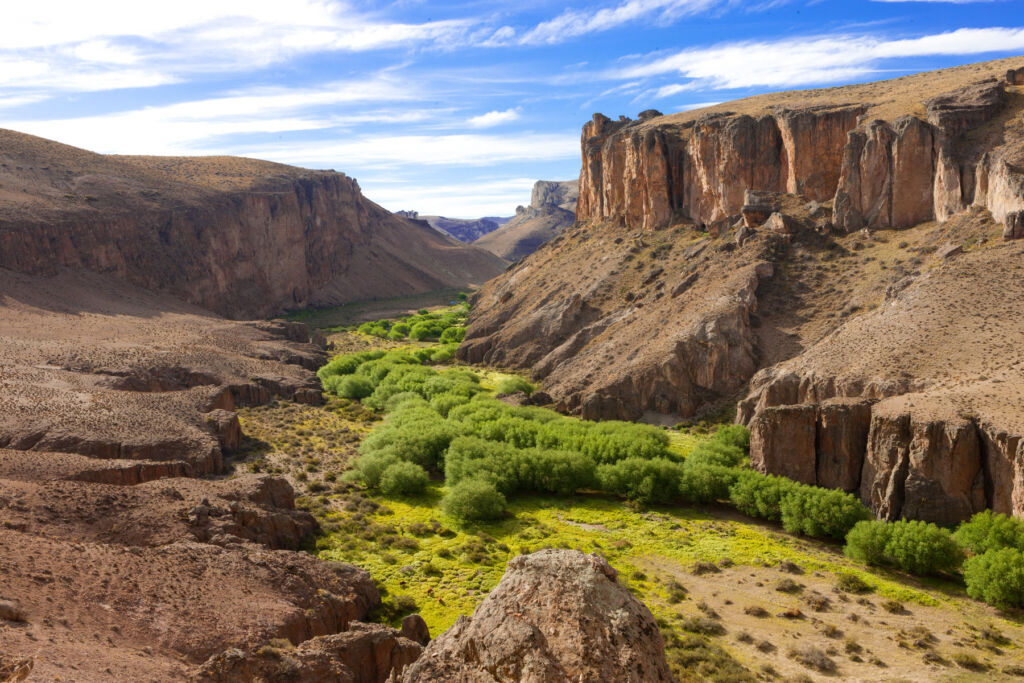
Travellers craving the ultimate, unique natural experience need look no further than Patagonia Park Argentina. Large-scale rewilding with brand-new trails and facilities has transformed the park into South America’s ultimate outdoor and wildlife-watching destination. In this feature, we look at what it offers visitors.
Places, where you can switch off from the world are atop the list for many travellers and for a good reason. We live in a world where we are looked upon as little more than a commodity, constantly bombarded with information telling us how to think and what to believe, coupled with advertising and propaganda. Sadly, people have become so accustomed to it that most don’t realise it is happening.
Everyone needs to find time to rest their minds, rediscover themselves and find what’s truly important in life, and there’s nowhere better to do this than the great outdoors.
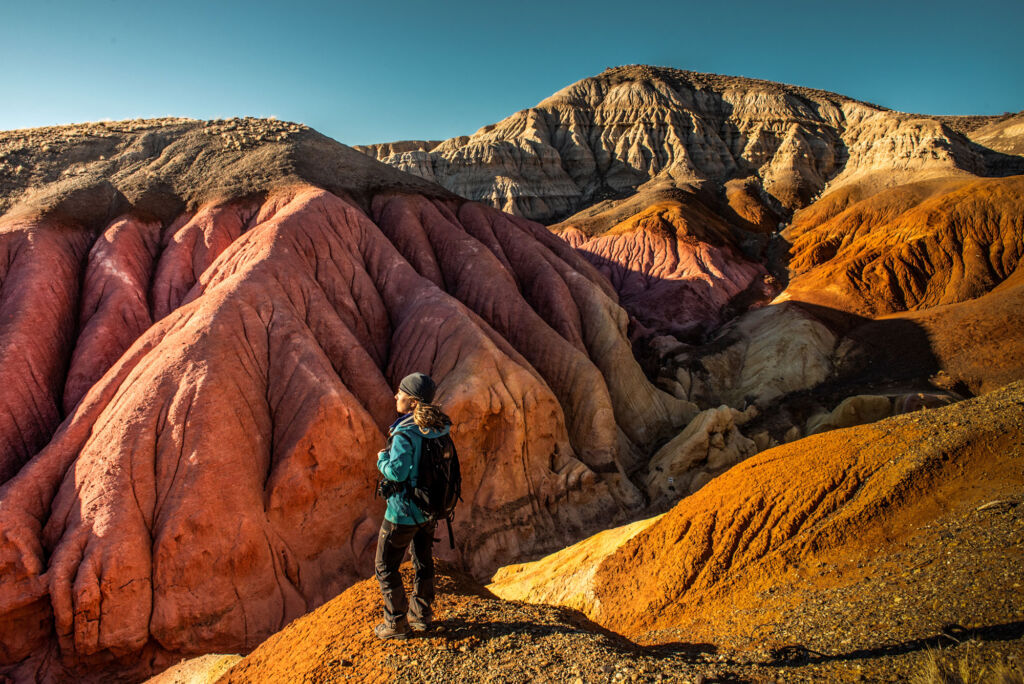
Even in this seemingly overcrowded world, finding space to be alone and reconnect with nature is still possible. If you want to head to somewhere where you can guarantee to find this on the grandest scale, it’s Patagonia Park Argentina. The park is an exercise in rewilding on a staggeringly large scale and is one of the best places on the planet where you can reconnect with nature.
Patagonia Park Argentina is set across 180,000 hectares, stretching from Portal Cañadón Pinturas in Argentina to La Ascensión Portal on the border of Chile. If you are unsure how large an area that is, it equates to a mammoth 1800 square kilometres.
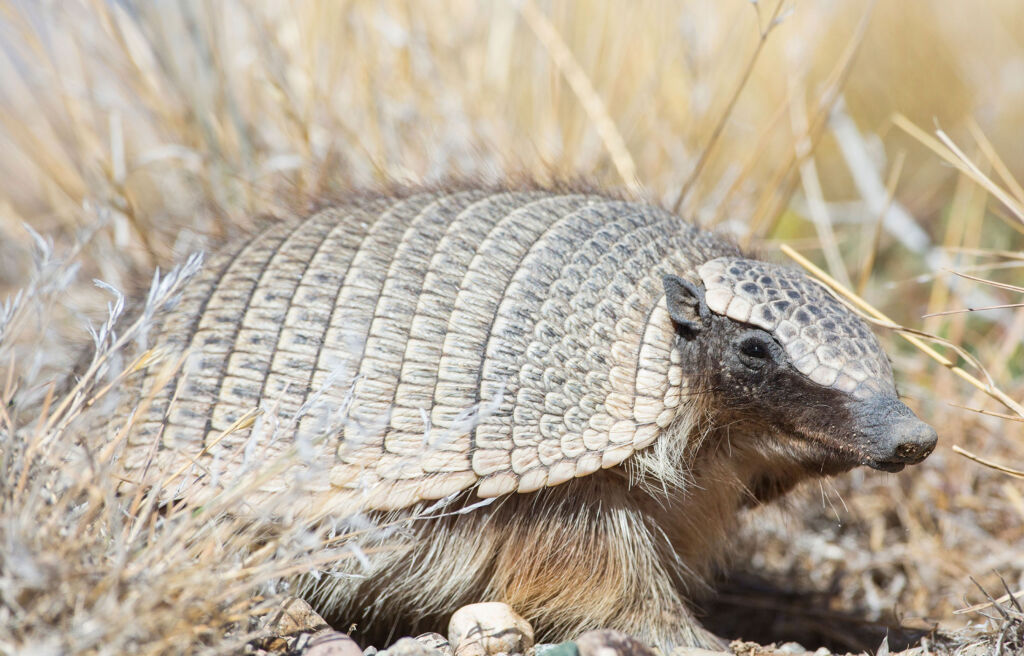
To make the experience more inviting, there are world-class trails, fantastic hiking routes, places to camp, excursions and breath-taking scenic routes. Travellers might even see some of the region’s most endangered species, which have been re-introduced after years of displacement from ranching.
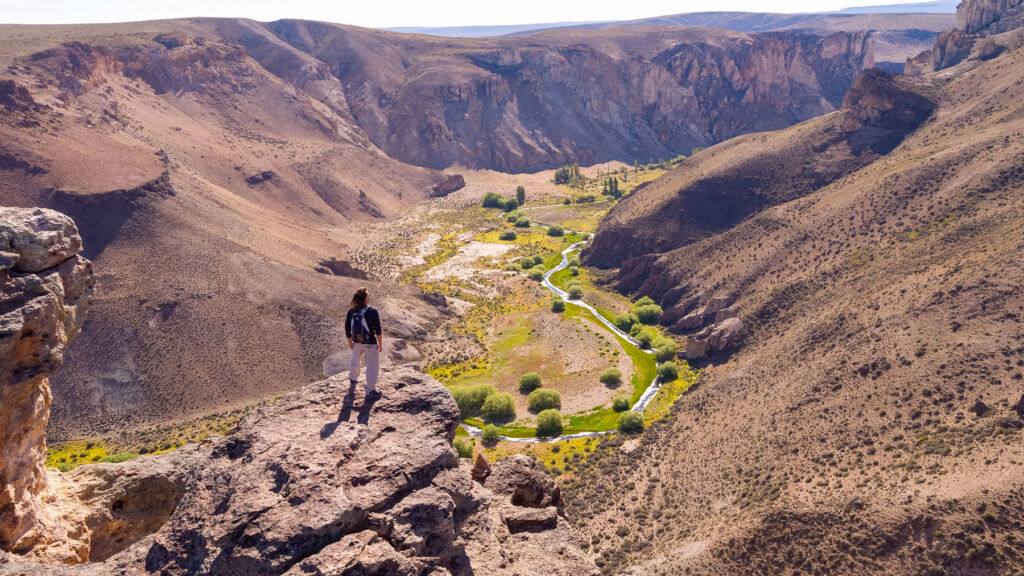
Patagonia Park Argentina has been restored by the private charitable organisation Freyja Foundation and its partner and grantee, Rewilding Argentina, to help foster a greater connection with nature and passion for the outdoors. Visitors will be captivated by uninterrupted vistas of Patagonia’s steppe, framed by majestic canyons, carved by geological phenomena, and surrounded by native species.
Making memories to last a lifetime
As one of South America’s most sought-after ‘off the beaten track’ destinations, Cañadon Pinturas in Patagonia Park Argentina, harbours more than eighty archaeological sites with ancient rock art, showcasing the native fauna and the lives of ancient hunter-gatherers. A trip to Patagonia Park Argentina won’t be complete without a visit to Cueva de las Manos ‘The Cave of the Hands’, a UNESCO World Heritage Site covered in handprints dating back over 9,000 years.
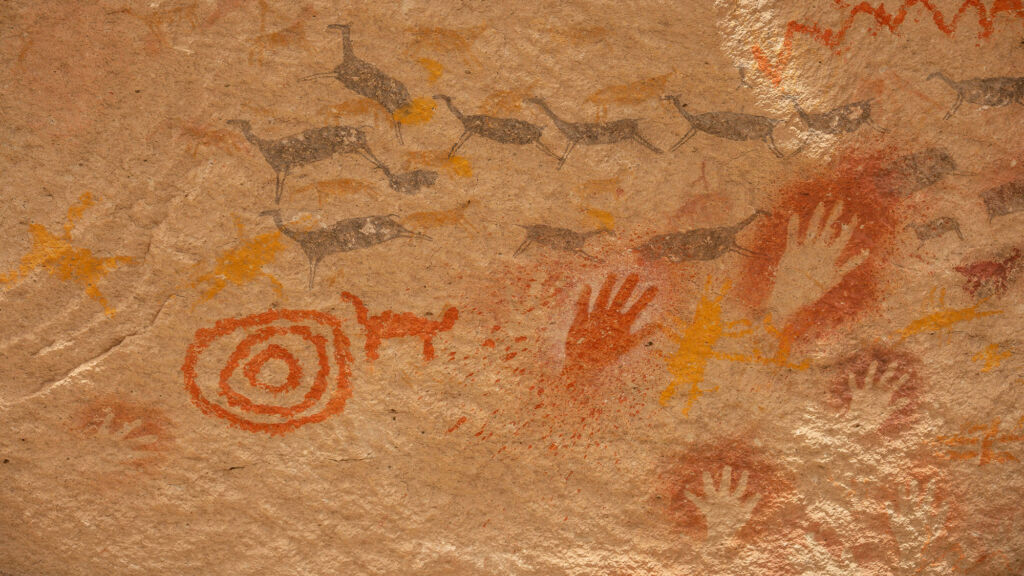
In April 2023, visitors will be able to visit the impressive new Planetarium and Interpretation Centre, funded by the late Argentinian scientist and philanthropist Elsa Rosenvasser Feher. Here, visitors can traverse the night sky, guided by astronomers through stunning projections and videos.
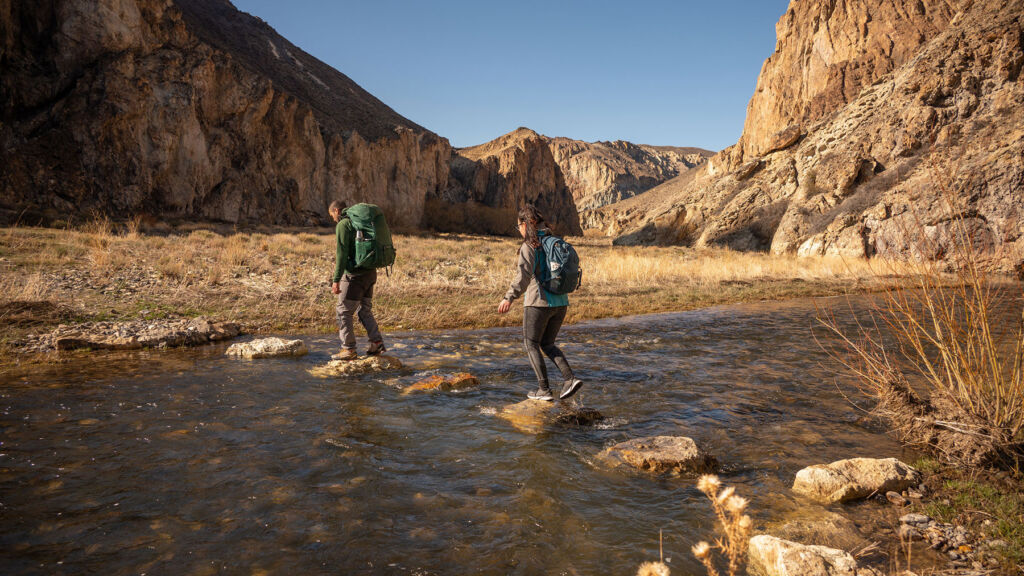
Adventure-seeking holidaymakers can tackle up to 10 new state-of-the-art trails in Portal Cañadon Pinturas. The shortest is 2.6km and can be completed within one hour, while the longest is an 18km circuit that takes six hours for experienced hikers. The park is open all year round, but the recommended time to visit is between November and March, during the summer and spring seasons, where temperatures range from 10–30°C during the day.
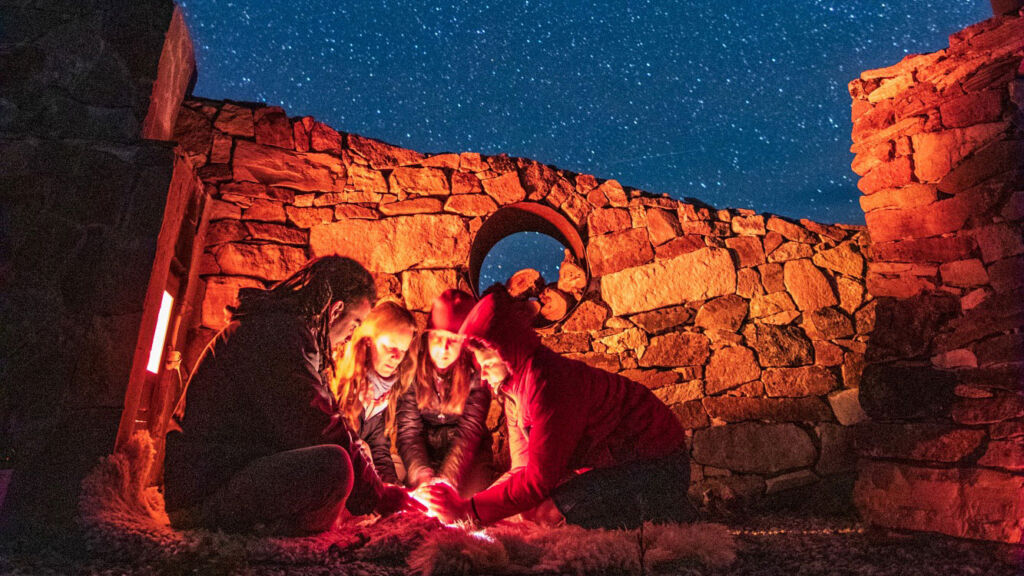
Camping under the stars and inside canyons
Budget-friendly accommodation is available throughout the park for all traveller types. The park offers three new campsites within Portal Cañadón Pinturas for visitors to sleep under the stars, including La Confluencia, which provides free accommodation inside a canyon.
For camping enthusiasts, visitors to La Señalada can stay for just AR$ 1000 (£5) per person per night. El Mollar campground offers a stone fire pit for cooking and full shower facilities for just AR$ 2000 (£10) per person per night.
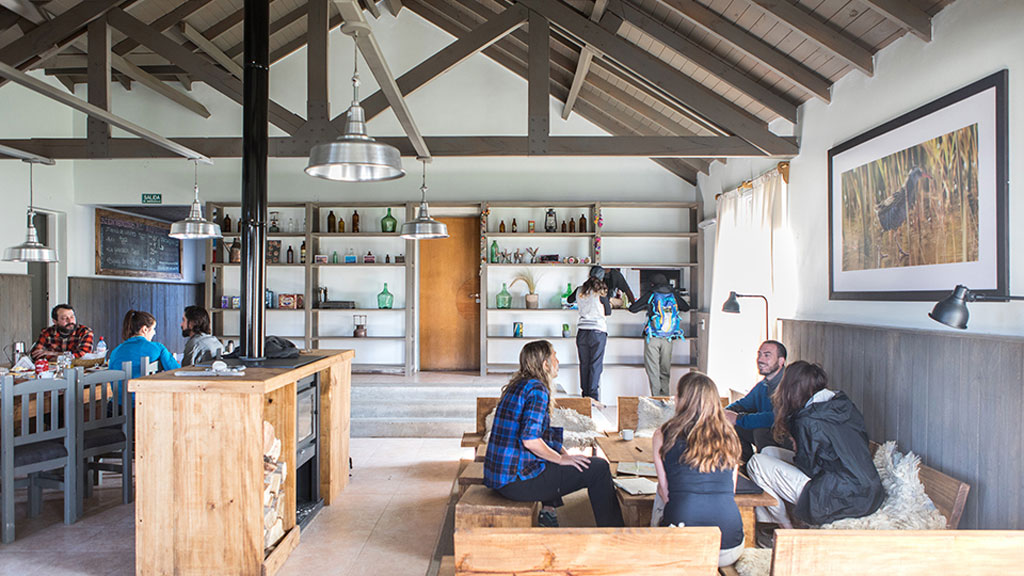
The newly refurbished solar-powered eco-lodge, La Posta de Los Toldos, offers nine rooms and a restaurant for guests to experience authentic Patagonian cuisine.
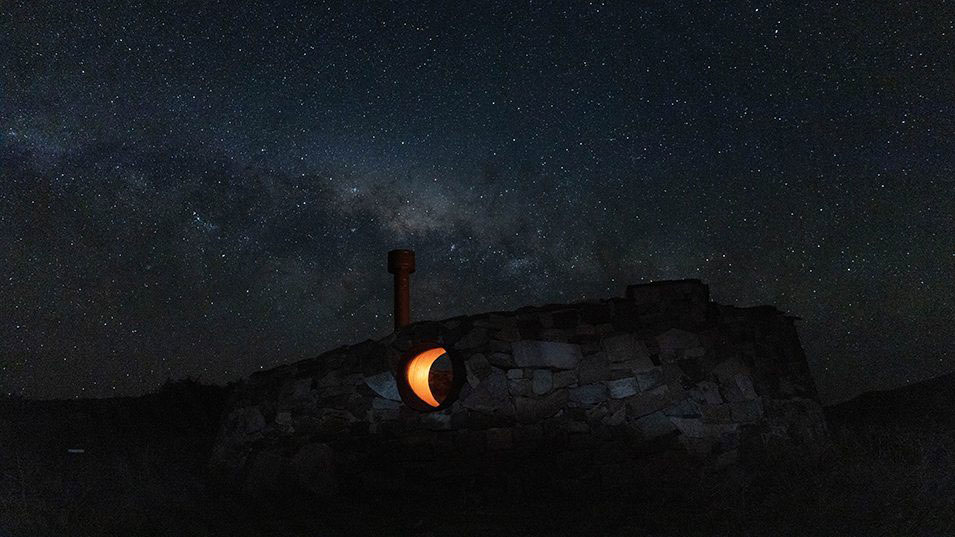
Nearby, there is an outdoor observatory designed for stargazing, where the local team often share stories with guests and interprets the night sky. La Posta de Los Toldos closes in April every year for the winter season, but the campsites are open year-round.
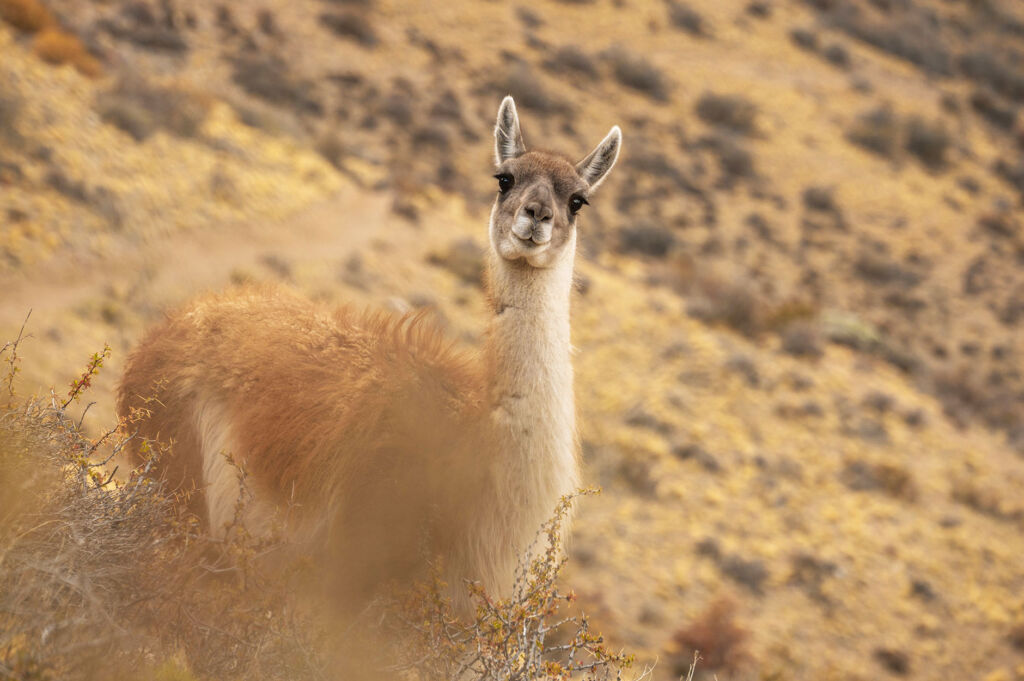
Conservation done differently
A collective dream shared by Freyja Foundation, Rewilding Argentina and The Wyss Foundation*, Patagonia Park Argentina is dedicated to understanding and conserving native ecological processes in South America. More than 60,000 hectares of the park are primarily focused on a rewilding reserve.
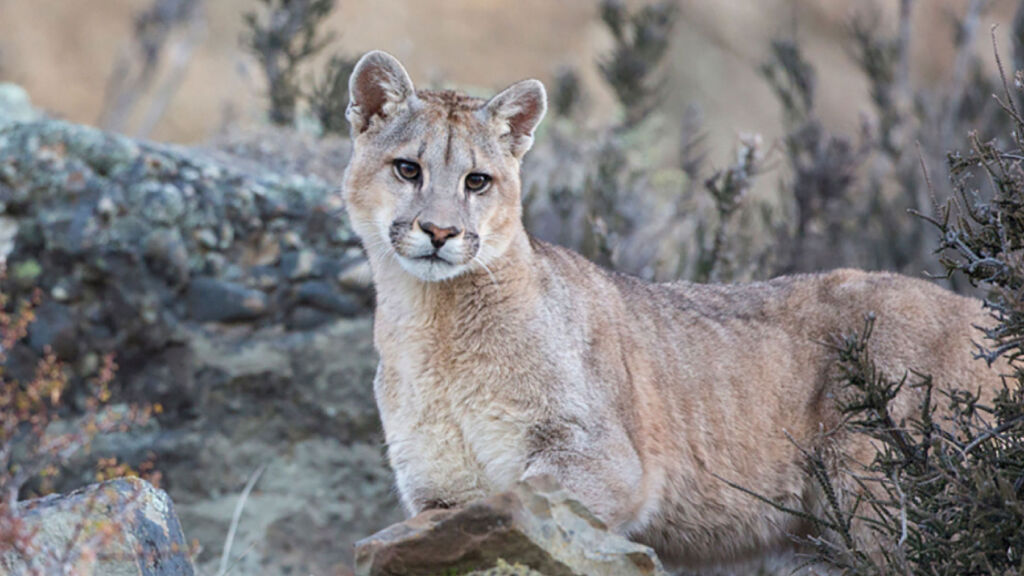
This large-scale rewilding programme uses state-of-the-art science and experts to re-introduce keystone species, including the puma, guanaco, lesser rhea, Wolffsohn’s viscacha, coypu, austral rail, pampas cat and the critically endangered Huemul deer. Lucky visitors may spot some of these animals wandering the terrain whilst hiking.
Fostering future conservationists
Part of a joint mission to inspire children to become the next generation of conservationists, Freyja Foundation has created and funded a Young Explorers Programme run by Rewilding Argentina. Los Exploradores is a three-day backpacking and nature experience offered to children aged 10-13yrs old from local communities.
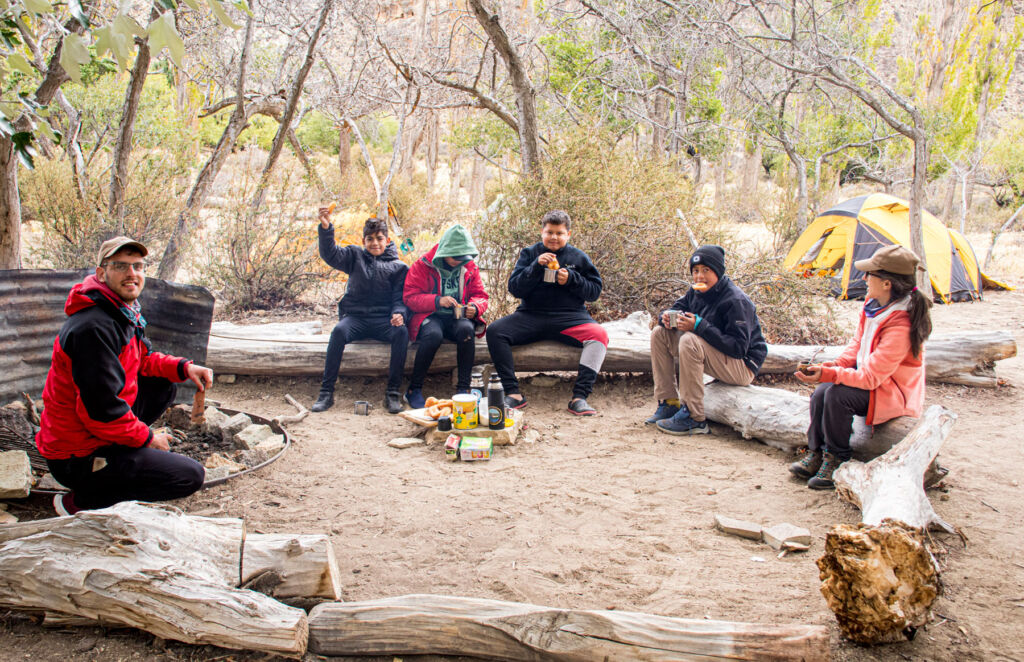
The programme offers hiking, camping, wildlife tracking, biology lessons and stargazing, where children are taught to have a greater awareness of environmental challenges and a deeper appreciation of local flora and fauna.
Getting to the park
The park has three access points: Portal La Ascensión, Portal Cañadón Pinturas, and Portal El Sauco. By air, tourists should take a domestic flight from Buenos Aires to Comodoro Rivadavia. The park is a five-and-a-half-hour drive from Comodoro Rivadavia airport via car or bus on routes 26 and 40.
It’s time to witness the wild. To plan the trip of a lifetime, visit parquepatagoniaargentina.org.
Read more travel news, guides and features here.
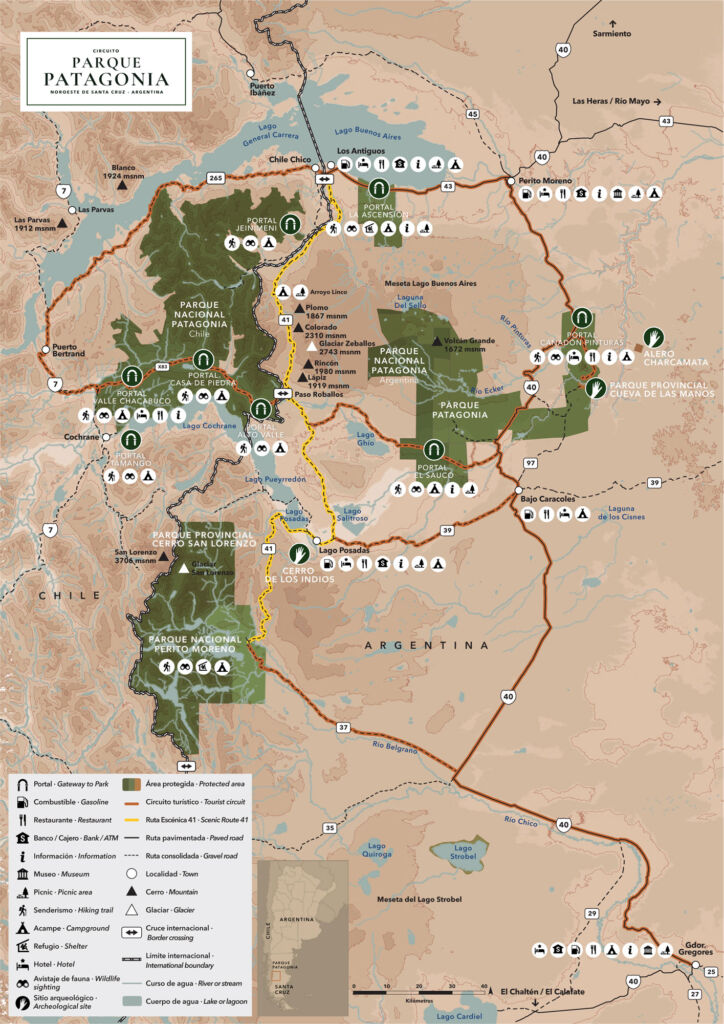
![]()

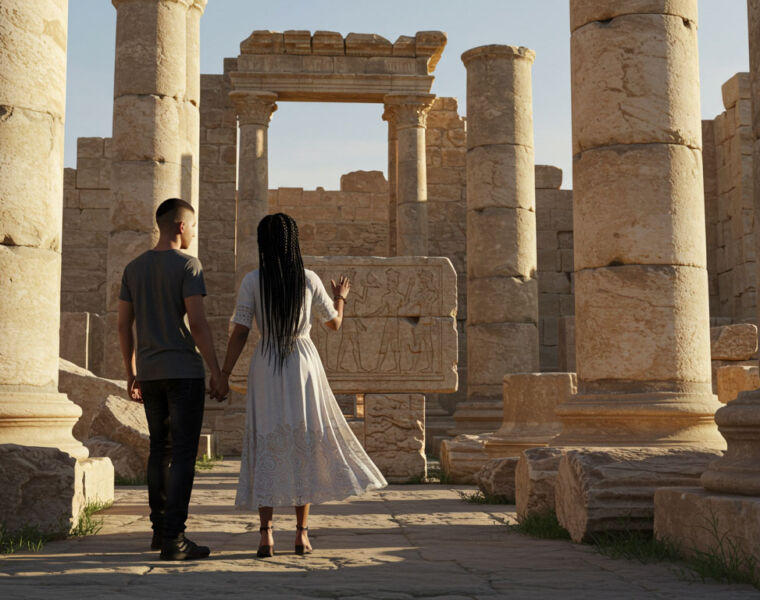
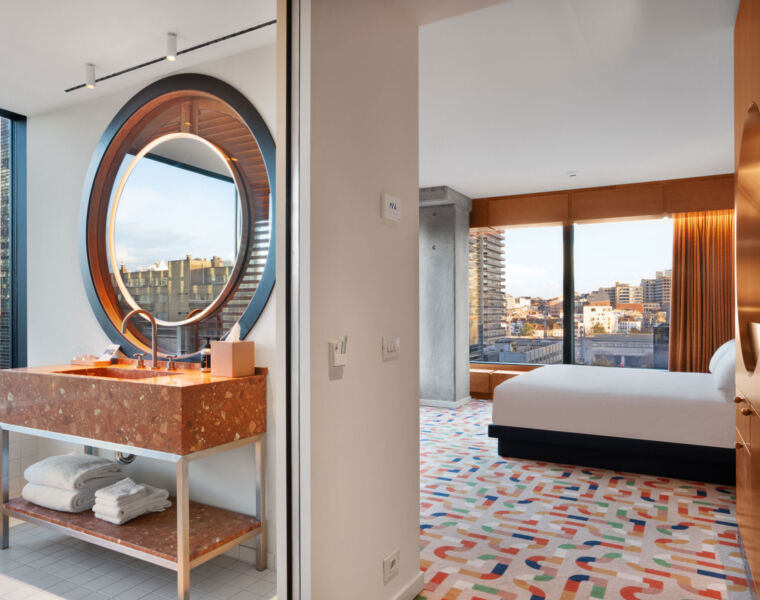
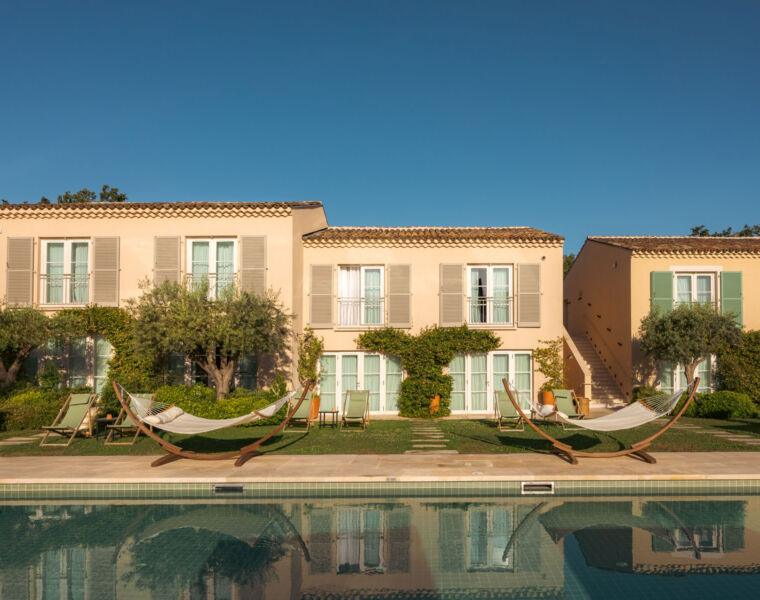
You must be logged in to post a comment.